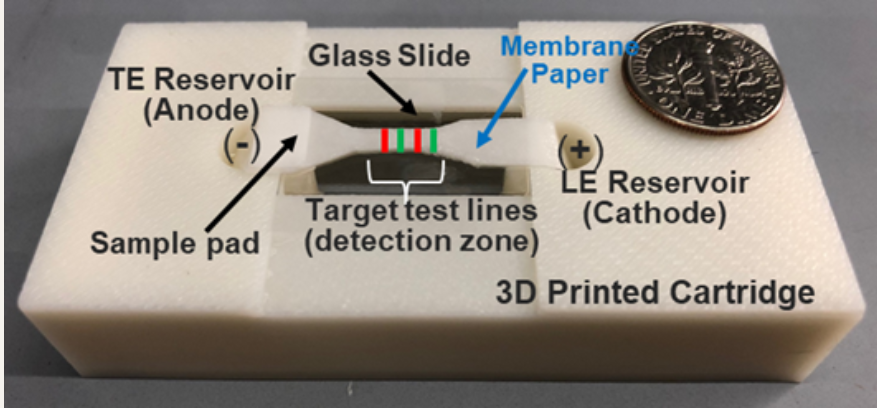
Washington State University researchers have developed a technology that is more than 30 times more sensitive than current lab-based tests in finding early stage cancer biomarkers in blood.
The technology uses an electric field to concentrate and separate cancer biomarkers onto a paper strip. It could someday become a kind of liquid biopsy and could lead to earlier detection of and faster treatments for cancer, a disease that causes more than 9.6 million deaths a year around the world.
Led by Wenji Dong, associate professor in the Gene and Linda Voiland School of Chemical Engineering and Bioengineering, and graduate student Shuang Guo, the researc...
Read More






Recent Comments